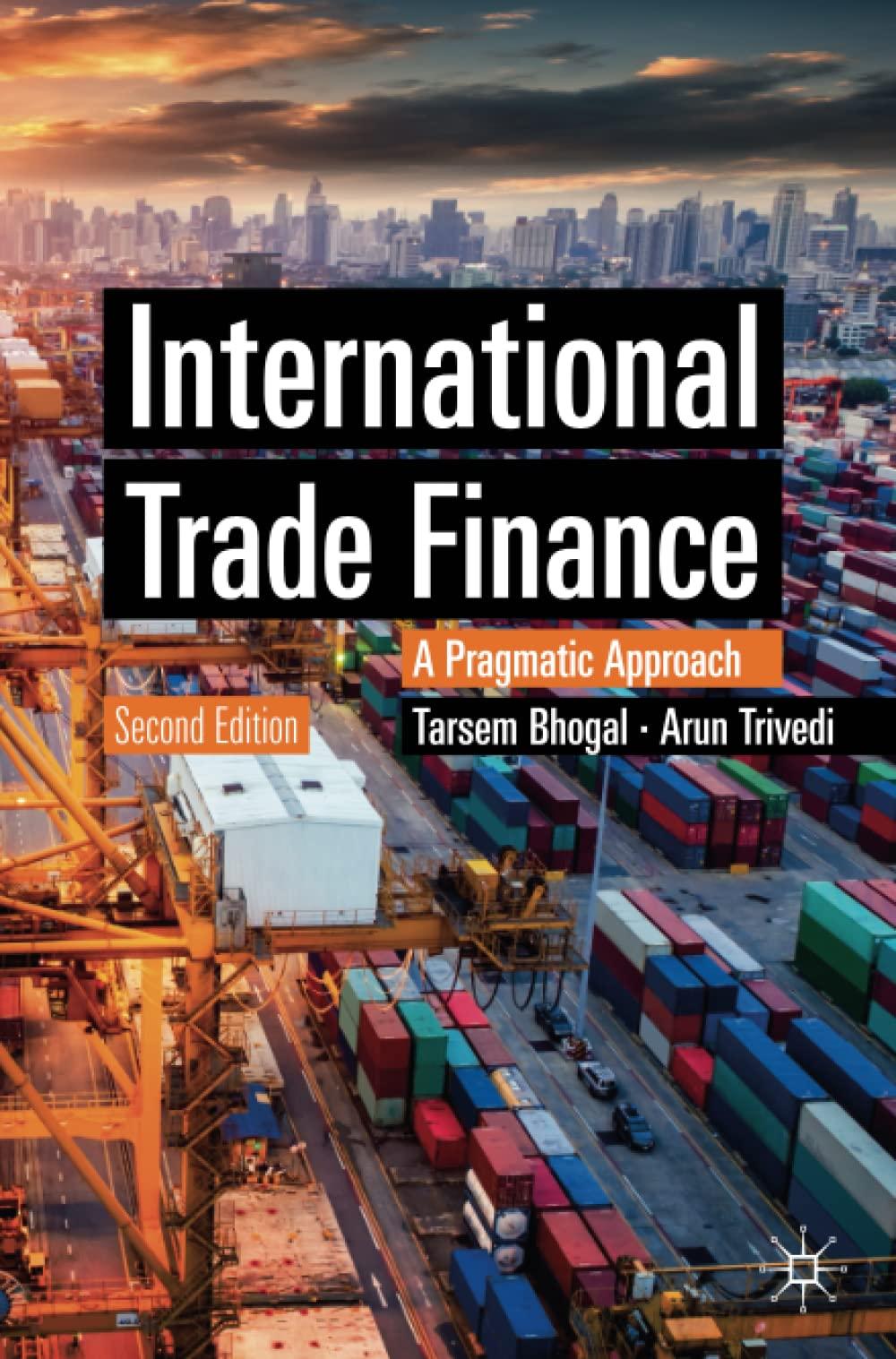Question
Question 9: Hennessy & Associates manages a $30 million equity portfolio for the multi-manager Wilstead Pension Fund. Jason Jones, financial vice president of Wilstead, noted
Question 9: Hennessy & Associates manages a $30 million equity portfolio for the multi-manager Wilstead Pension Fund. Jason Jones, financial vice president of Wilstead, noted that Hennessy had rather consistently achieved the best record among the Wilsteads six equity managers. Performance of the Hennessy portfolio had been clearly superior to that of the S&P 500 in 4 of the past 5 years. In the one less-favorable year, the shortfall was trivial. Hennessy is a bottom-up manager. The firm largely avoids any attempt to time the market. It also focuses on selection of individual stocks, rather than the weighting of favored industries. There is no apparent conformity of style among the six equity managers. The five managers, other than Hennessy, manage portfolios aggregating $250 million made up of more than 150 individual issues. Jones is convinced that Hennessy is able to apply superior skill to stock selection, but the favorable returns are limited by the high degree of diversification in the portfolio. Over the years, the portfolio generally held 40-50 stocks, with about 2%-3% of total funds committed to each issue. The reason Hennessy seemed to do well most years was because the firm was able to identify each year 10 or 12 issues which registered particularly large gains. Based on this overview, Jones outlined the following plan to the Wilstead pension committee: Lets tell Hennessy to limit the portfolio to no more than 20 stocks.
Hennessy will double the commitments to the stocks that it really favors, and eliminate the remainder. Except for this one new restriction, Hennessy should be free to manage the portfolio exactly as before. All the members of the pension committee generally supported Joness proposal because all agreed that Hennessy had seemed to demonstrate superior skill in selecting stocks. Yet the proposal was a considerable departure from previous practice, and several committee members raised questions. Respond to each of the following questions.
1. Will the limitations of 20 stocks likely increase or decrease the risk of the portfolio? Explain.
2. Is there any way Hennessy could reduce the number of issues from 40 to 20 without significantly affecting risk? Explain
3. One committee member was particularly enthusiastic concerning Joness proposal. He suggested that Hennessys performance might benefit further from reduction in the number of issues to 10. If the reduction to 20 could be expected to be advantageous, explain why reduction to 10 might be less likely to be advantageous. (Assume that Wilstead will evaluate the Hennessy portfolio independently of the other portfolios in the fund.)
4. Another committee member suggested that, rather than evaluate each managed portfolio in- dependently of other portfolios, it might be better to consider the effects of a change in the Hennessy portfolio on the total fund. Explain how this broader point of view could affect the committee decision to limit the holdings in the Hennessy portfolio to either 10 or 20 issues.
Step by Step Solution
There are 3 Steps involved in it
Step: 1

Get Instant Access to Expert-Tailored Solutions
See step-by-step solutions with expert insights and AI powered tools for academic success
Step: 2

Step: 3

Ace Your Homework with AI
Get the answers you need in no time with our AI-driven, step-by-step assistance
Get Started


